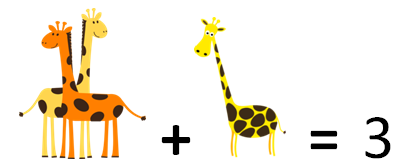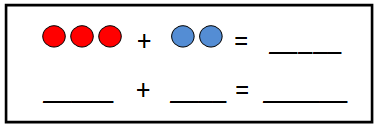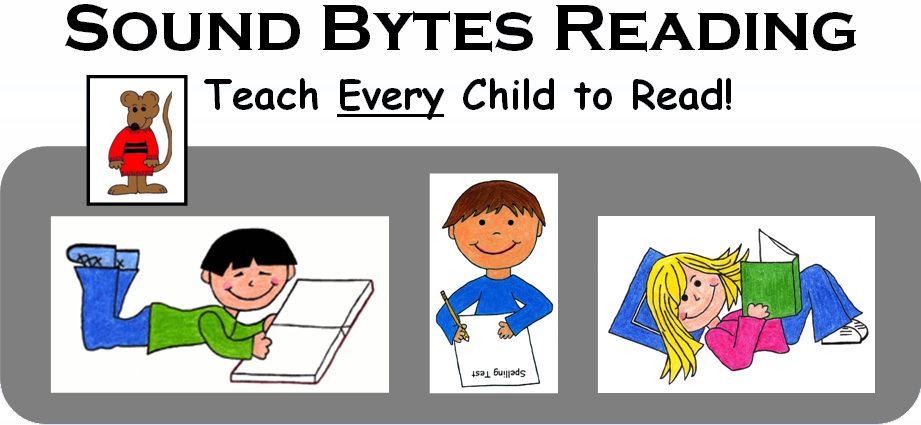Preschool—Learning Math
 Preschoolers enjoy learning to count and some children can count quite well. But many get a bit confused when they get to the teens, happily counting, “…thirteen – fourteen – seventeen – twenty-teen!” I always enjoy hearing them practice and learn. Most preschoolers are quite capable of learning some very basic math concepts—not in a formal setting—but a little bit here and there.
Preschoolers enjoy learning to count and some children can count quite well. But many get a bit confused when they get to the teens, happily counting, “…thirteen – fourteen – seventeen – twenty-teen!” I always enjoy hearing them practice and learn. Most preschoolers are quite capable of learning some very basic math concepts—not in a formal setting—but a little bit here and there.
One way to help them learn and have fun at the same time is to use objects when counting so that the numbers are not just abstract—but concrete—real.
We use blocks from a Jenga game. We have 20 blocks in a little basket, but right now we are only using 10 blocks most of the time with a 4-½ year-old. We first used the blocks just for counting. Now she is getting familiar with the most simple concepts and vocabulary of math.
We randomly start with any number of blocks, say 5, and then add 2 (or any number that will add up to ten or less). Since she does not know what five plus two is, she then counts them all and tells me how many there are. Then we might add 3 more to make 10. Then I will ask her to take away 1 and count them, take away 3 more and count them, etc. She is getting used to the idea of adding up to 10 and taking away (subtraction) all the way down to zero. This activity never lasts more than a few minutes, and then we put the blocks away and save them for another day.
On paper, we have begun doing a math activity with dots. I make up a worksheet using color markers. A problem (or math sentence) looks like this:

I make ten or twelve problem on the page and she fills in the blanks. Eventually, we will move from the concrete to the abstract and do the math using only the symbols, since she has already learned that a symbol like“7” represents seven objects. But that will come later, sometime after she turns five. We don’t need to rush it at this age, and right now we are just having fun with math.
